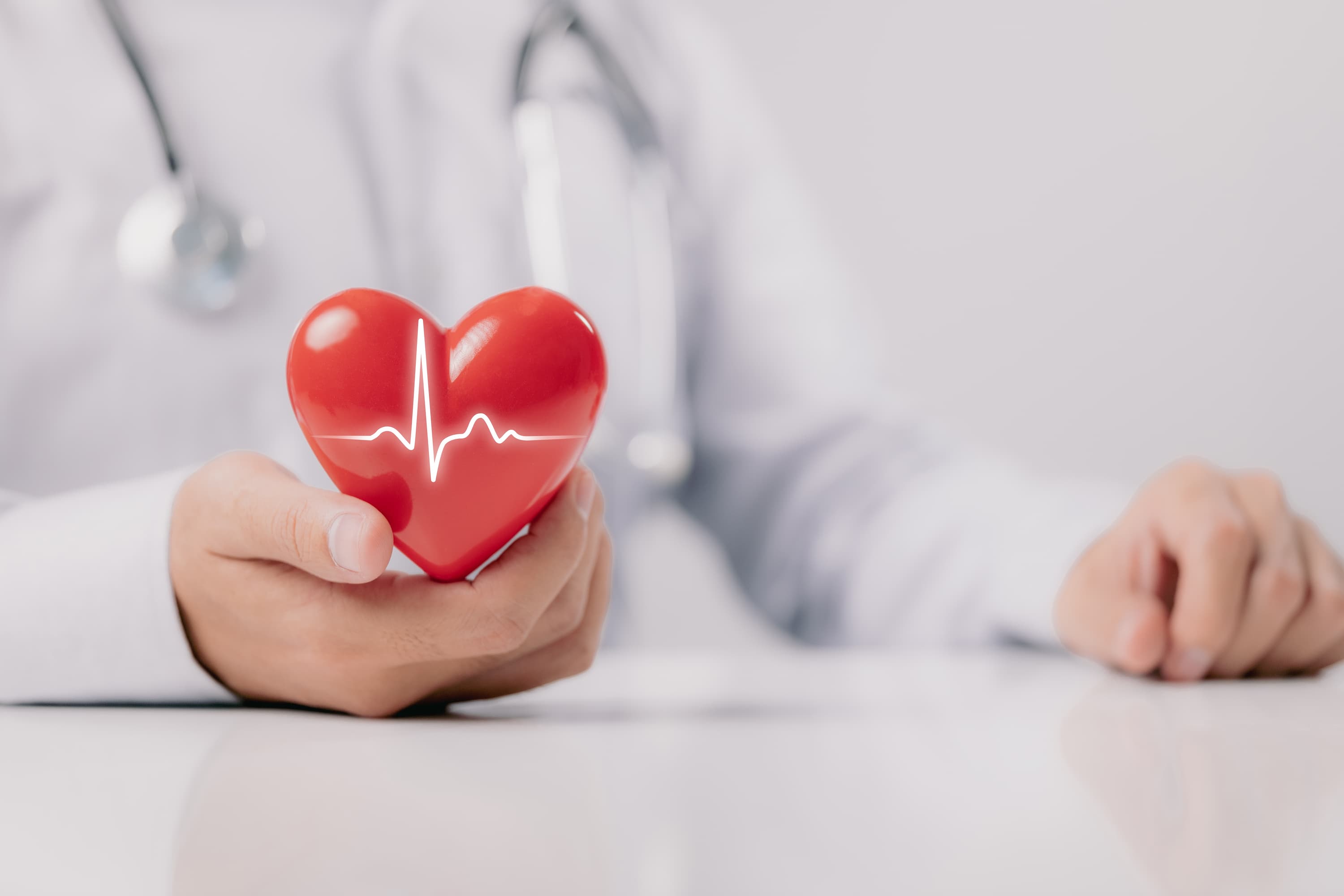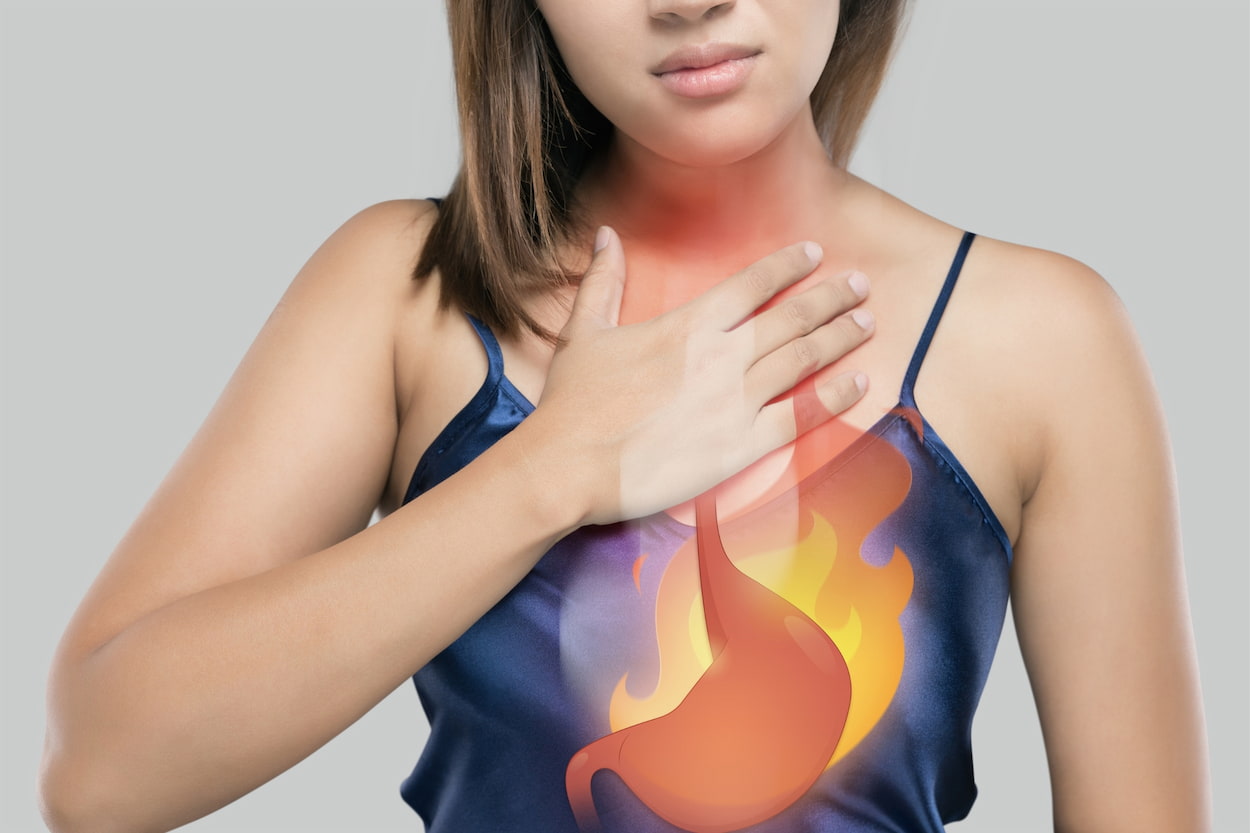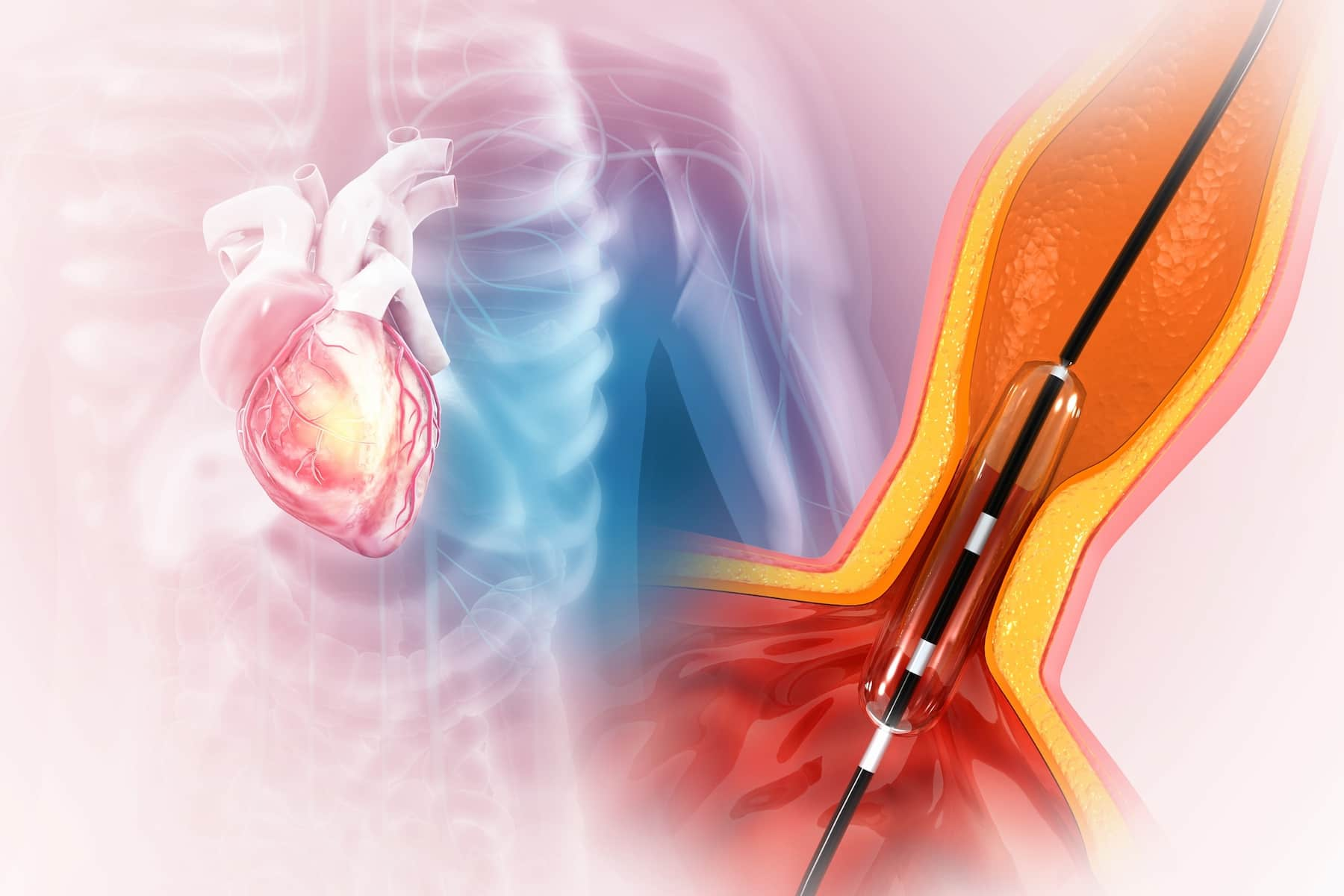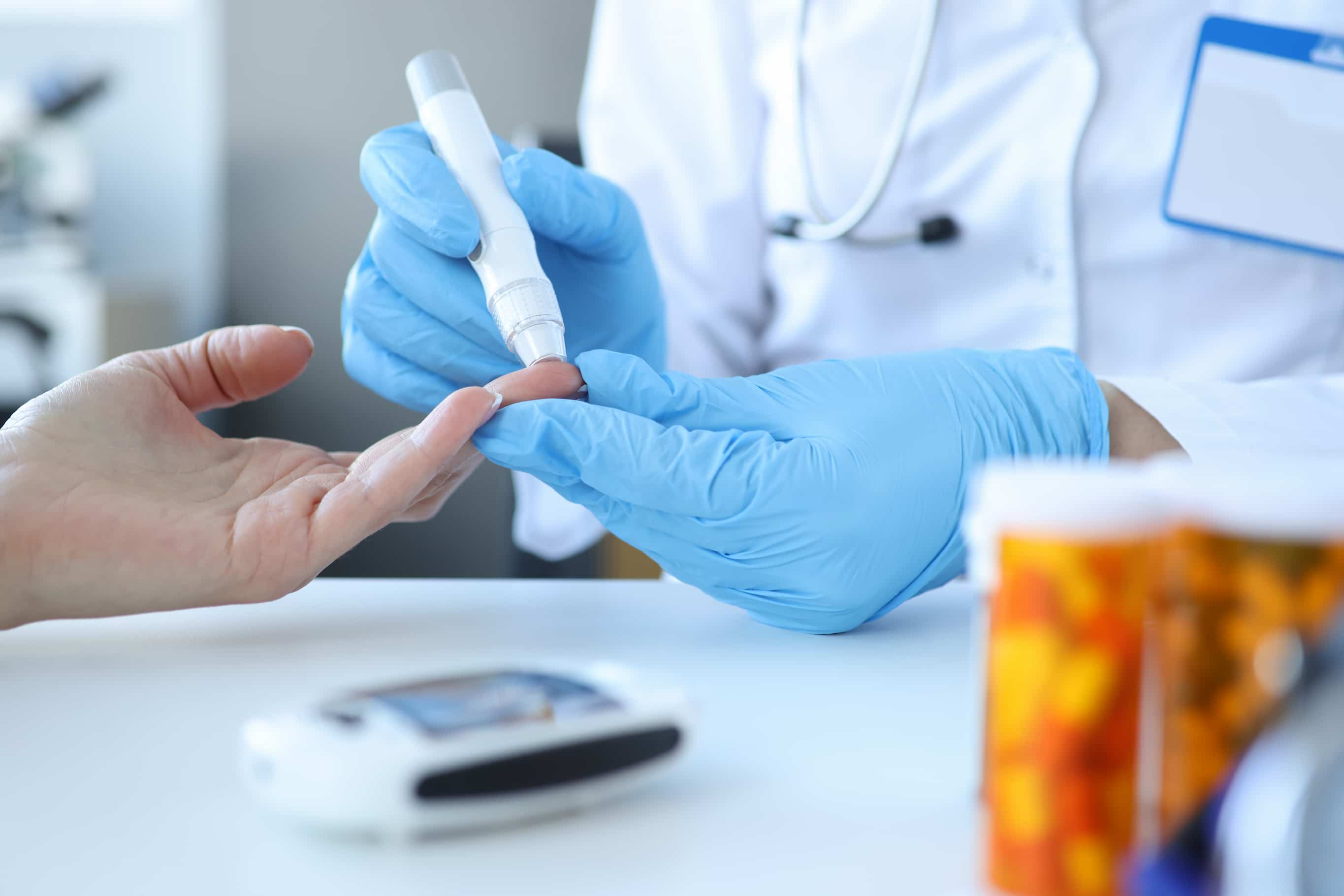
Improve Your Cholesterol
As we all know, cholesterol is a waxy substance found in our blood that plays a vital role in building healthy cells. However, having high levels of cholesterol in the blood can increase the risk of developing heart disease and stroke. In this article, we will be discussing some tips to help improve your cholesterol levels.
What Is Cholesterol?
Before we delve into the tips for improving cholesterol, let’s first understand what cholesterol is. Cholesterol is a type of fat found in our blood that is essential for building healthy cells. Our liver produces most of the cholesterol our body needs. However, we also get cholesterol from the food we eat. Cholesterol is carried in our bloodstream by lipoproteins. There are two types of lipoproteins, low-density lipoprotein (LDL) and high-density lipoprotein (HDL). LDL is often referred to as “bad” cholesterol because it can build up in the walls of our arteries, leading to heart disease and stroke. On the other hand, HDL is known as “good” cholesterol because it helps remove LDL from the bloodstream.
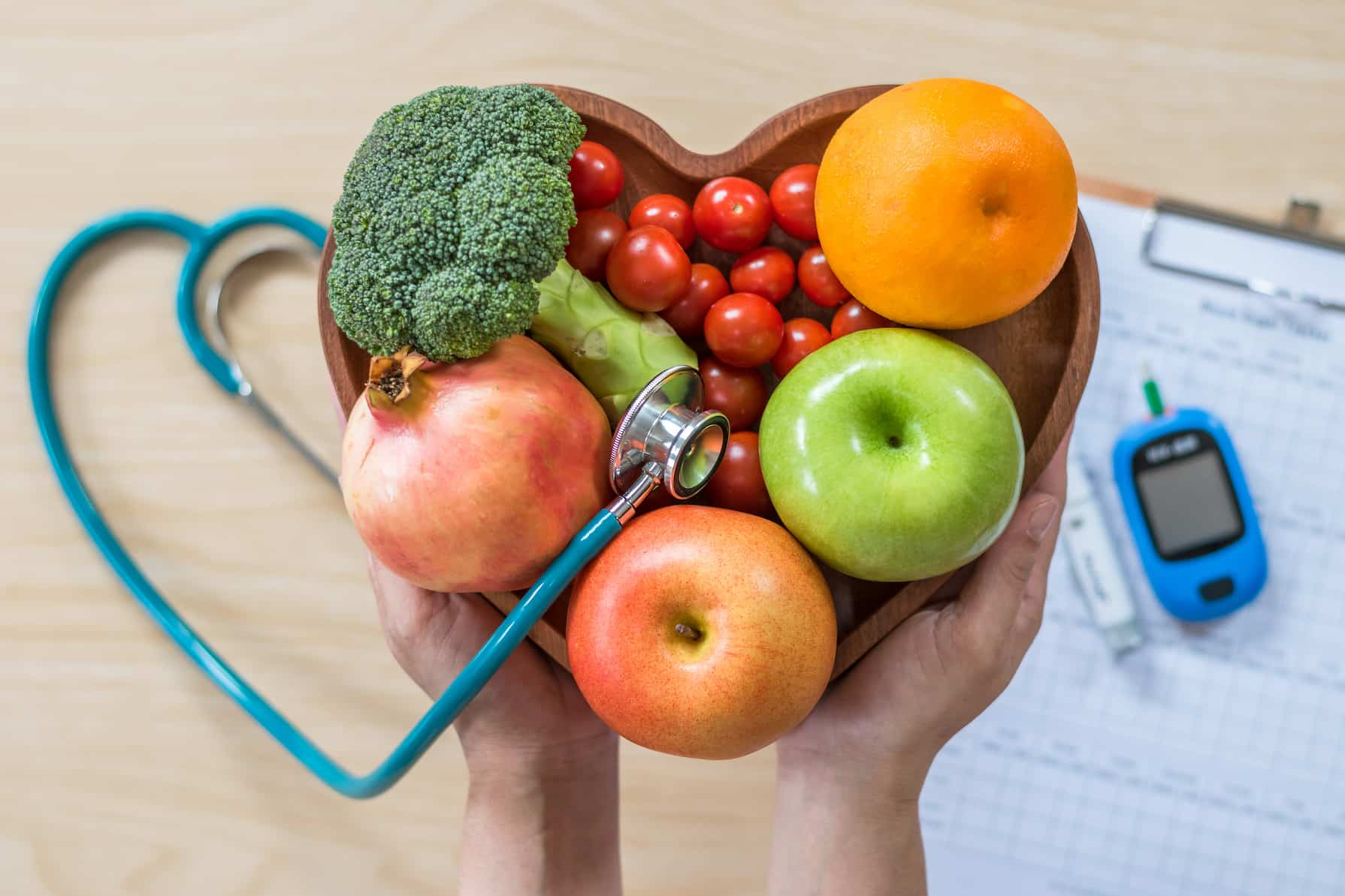
What Reduces Cholesterol Quickly?
One of the most effective ways to reduce cholesterol levels quickly is by making dietary changes. Consuming foods that are high in soluble fiber can help reduce LDL levels. Soluble fiber binds with cholesterol in the digestive system, preventing it from being absorbed into the bloodstream. Examples of foods that are high in soluble fiber include oats, barley, beans, lentils, fruits, and vegetables.
Another dietary change that can help reduce cholesterol levels quickly is by consuming foods that are rich in omega-3 fatty acids. Omega-3 fatty acids can help lower triglycerides, a type of fat found in our blood. Foods that are rich in omega-3 fatty acids include fatty fish such as salmon, mackerel, and sardines, as well as walnuts and flaxseeds.
Lastly, reducing saturated and trans fats in your diet can also help lower cholesterol levels quickly. Saturated and trans fats can increase LDL levels, leading to heart disease and stroke. Foods that are high in saturated and trans fats include fried foods, processed foods, and fatty meats.
What Is the Best Way to Increase Good Cholesterol?
Increasing good cholesterol levels can also help improve overall cholesterol levels. The best way to increase good cholesterol levels is by making dietary changes and engaging in regular physical activity.
Consuming foods that are rich in monounsaturated and polyunsaturated fats can help increase HDL levels. Foods that are high in these types of fats include avocados, nuts, seeds, and fatty fish. Engaging in regular physical activity can also help increase HDL levels. Aerobic exercise such as walking, running, and cycling can help improve cardiovascular health and increase HDL levels.
What Foods Reduce Cholesterol Build-up?
In addition to the tips mentioned above, consuming foods that are known to reduce cholesterol build-up can also help improve overall cholesterol levels. Foods that are high in soluble fiber such as oats, barley, beans, lentils, fruits, and vegetables can help reduce cholesterol build-up in the arteries.
Consuming foods that are rich in plant sterols and stanols can also help reduce cholesterol build-up in the arteries. Plant sterols and stanols are compounds found in plants that can help block the absorption of cholesterol in the digestive system. Foods that are high in plant sterols and stanols include nuts, seeds, fruits, and vegetables.
Lastly, consuming foods that are rich in antioxidants can also help reduce cholesterol build-up in the arteries. Antioxidants help prevent the oxidation of LDL, which can lead to the formation of plaque in the arteries. Foods that are high in antioxidants include berries, dark chocolate, and green leafy vegetables.
Diet for Cholesterol
Diet plays a crucial role in managing cholesterol levels. By making dietary changes, you can help reduce LDL levels and increase HDL levels, which can lower your risk of developing heart disease and stroke. In this article, we will be discussing a diet for cholesterol and the foods you should include in your diet to help improve your cholesterol levels.
The first step in creating a diet for cholesterol is to reduce saturated and trans fats in your diet. Saturated and trans fats can increase LDL levels, which can lead to the formation of plaque in the arteries. Foods that are high in saturated and trans fats include fatty meats, processed foods, and fried foods. Instead, focus on consuming foods that are high in monounsaturated and polyunsaturated fats, such as avocados, nuts, seeds, and fatty fish.
Consuming foods that are high in soluble fiber can also help reduce cholesterol levels. Soluble fiber binds with cholesterol in the digestive system, preventing it from being absorbed into the bloodstream. Examples of foods that are high in soluble fiber include oats, barley, beans, lentils, fruits, and vegetables.
Incorporating these foods into your diet can help lower LDL levels and improve overall cholesterol levels. Incorporating a diet for cholesterol can also include consuming foods that are high in omega-3 fatty acids, which can help lower triglycerides, a type of fat found in our blood. Foods that are rich in omega-3 fatty acids include fatty fish such as salmon, mackerel, and sardines, as well as walnuts and flaxseeds. Additionally, consuming foods that are high in plant sterols and stanols can also help reduce cholesterol build-up in the arteries. Plant sterols and stanols are compounds found in plants that can help block the absorption of cholesterol in the digestive system. Foods that are high in plant sterols and stanols include nuts, seeds, fruits, and vegetables.
Exercise for Cholesterol
Physical activity is an important aspect of managing cholesterol levels. Engaging in regular exercise can help increase HDL levels, also known as “good” cholesterol, which can help reduce the risk of developing heart disease and stroke. In this article, we will be discussing exercise for cholesterol and the types of exercise that can help improve your cholesterol levels. Aerobic exercise, also known as cardio, is one of the best types of exercise for cholesterol.
Aerobic exercise can help increase HDL levels and lower LDL levels, which can help reduce the risk of heart disease and stroke. Examples of aerobic exercise include brisk walking, running, cycling, swimming, and dancing. It’s recommended to engage in at least 150 minutes of moderate-intensity aerobic exercise per week or 75 minutes of vigorous-intensity aerobic exercise per week to help improve cholesterol levels. Strength training is another type of exercise that can help improve cholesterol levels.
Strength training can help increase muscle mass, which can help improve metabolism and insulin sensitivity, leading to improved cholesterol levels. Examples of strength training exercises include weightlifting, resistance band training, and bodyweight exercises such as push-ups and squats. It’s recommended to engage in strength training exercises at least two days per week.
The Study of Improve Your Cholesterol
A recent study published in the American Journal of Cardiology examined the impact of dietary changes on cholesterol levels in a group of 500 participants. The study found that those who incorporated foods high in soluble fiber, such as oats and lentils, experienced a significant reduction in LDL cholesterol levels within just eight weeks of following the recommended diet. This research underscores the effectiveness of dietary changes in rapidly improving cholesterol profiles.
Healthy Türkiye Notes
In conclusion, making dietary changes and engaging in regular physical activity are key to improving cholesterol levels. Consuming foods that are high in soluble fiber, omega-3 fatty acids, monounsaturated and polyunsaturated fats, plant sterols and stanols, and antioxidants can all help reduce cholesterol build-up and improve overall cholesterol levels. It’s also important to reduce saturated and trans fats in your diet, as well as engage in regular physical activity, such as aerobic exercise, to help increase HDL levels.
Additionally, if lifestyle changes alone aren’t enough to improve cholesterol levels, medication may be necessary. Cholesterol-lowering medications such as statins can help reduce LDL levels and lower the risk of heart disease and stroke.
Remember, it’s never too late to start making positive changes to your lifestyle to improve your cholesterol levels and overall cardiovascular health. By incorporating these tips into your daily routine, you can take control of your cholesterol levels and improve your overall health and wellbeing.
